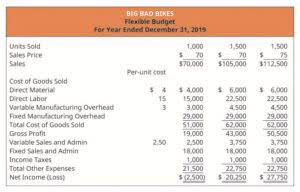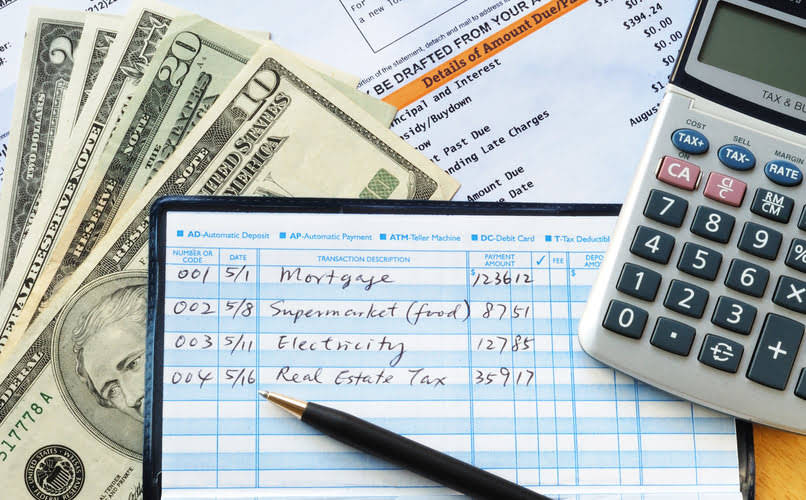
In this way, the $10,000 paid at maturity (credit to Cash) will be entirely offset with a $10,000 reduction in the Note Payable account (debit). Observe that the contra asset account $1,000 difference is initially recorded as a discount on note payable. The $1,000 discount would be offset against the $10,000 note payable, resulting in a $9,000 net liability. The contracts must be registered with the Securities and Exchange Commission (SEC), being identified as a security sometimes. Notes payable on the balance sheet take a spot under the liabilities column. They are considered current liabilities when the amount is due within one year, and else they are recorded under the long-term liabilities category.
- The contracts must be registered with the Securities and Exchange Commission (SEC), being identified as a security sometimes.
- This means you can instantly review bills, approvals, payment status, posting details, and audit trails—anything that you register electronically.
- This method results in a varying amount of premium or discount amortization each period.
- You’ll also discover how Notes Payable impacts a company’s financial structure and the correct accounting treatment.
- You’ve already made your original entries and are ready to pay the loan back.
- School boards approve the noteissuances, with repayments of principal and interest typically metwithin a few months.
Comparing and Contrasting Notes Payable and Accounts Payable
- Two terms that often present confusion are Notes Payable and Accounts Payable.
- This leadsto a dilemma—whether or not to issue more short-term notes to coverthe deficit.
- The date of receiving the money is the date that the company commits to the legal obligation that it has to fulfill in the future.
- As a result, any notes payable with greater than one year to maturity are to be classified as long-term notes and require the use of present values to estimate their fair value at the time of issuance.
- The initial recognition of notes payable and bonds payable involves recording the cash or assets received and the corresponding liability.
- These car journal entries are for a vehicle costing $15,000 and for a loan of 5 years at 12% with fortnightly payments – calculated using the same Loan Amortization template mentioned above.
A business purchases land and buildings for 650, and pays 350 in cash and issues a 5% note payable for the balance of 300, which is secured by a mortgage on the property. On the maturity date, only the Note Payable account is debited for the principal amount. Furthermore the amortization table clearly shows how with each installment payment, the opening balance outstanding reduces, the interest expense reduces, and the principal repayment increases. As note payable usually comes with the interest attached, we usually need to also to make the journal entry for interest on note payable too. This entry ensures that the interest expense is recorded for the first quarter, reflecting the company’s financial obligation accurately. This entry records the cash received and the discount, which will be amortized over the bond’s life, effectively increasing the HVAC Bookkeeping interest expense over time.
- Interest-bearing note payable is the type of promissory note that we issue to the holder of the note with the interest attached.
- Notes Payable resembles any loan, which binds borrowers and lenders against payment and repayment liabilities.
- The income statement account that is pertinent to this adjusting entry and which will be debited for $1,500 is Depreciation Expense – Equipment.
- To avoid these errors, ensure proper training for accounting staff, implement a review process, and maintain clear documentation.
- When the revenues are earned they will be moved from the balance sheet account to revenues on the income statement.
- Ensuring correct accounting of Notes Payable is therefore crucial, with directly impacting the business operations, reputation, and sustained growth.
Notes Payable Account
This entry records the repayment of the bond’s face value and the outflow of cash from the company’s accounts. If the bonds are issued notes payable journal entry at a discount (below face value), the entry includes a discount on bonds payable account. If the bonds are issued at a premium (above face value), the entry includes a premium on bonds payable account. A visual aid used by accountants to illustrate a journal entry’s effect on the general ledger accounts. Debit amounts are entered on the left side of the “T” and credit amounts are entered on the right side.

4 Prepare Journal Entries to Record Short-Term Notes Payable
A record in the general ledger that is used to collect and store similar information. For example, a company will have a Cash account in which every transaction involving cash is recorded. A company selling merchandise on credit will record these sales in a Sales account and in an Accounts Receivable account. Liabilities also include amounts received in advance for a future sale or for a future service to be performed.

Knowing the exact amount in liabilities allows businesses to strategise their repayment plans effectively, ensuring that they can maintain enough liquidity to meet their obligations and avoid any default. Accordingly, it’s crucial for a company to effectively manage its liabilities, including Notes Payable, to ensure financial solvency and healthy business growth. To answer straightforwardly, Notes Payable are not an asset; rather, they are categorised as liabilities. In financial terminology, an asset represents resources owned by a business, which are expected to provide future benefits. On the contrary, a liability denotes obligations or debts that a business needs to pay off. Notes Payable is an amount a company owes and is thus considered a liability.



